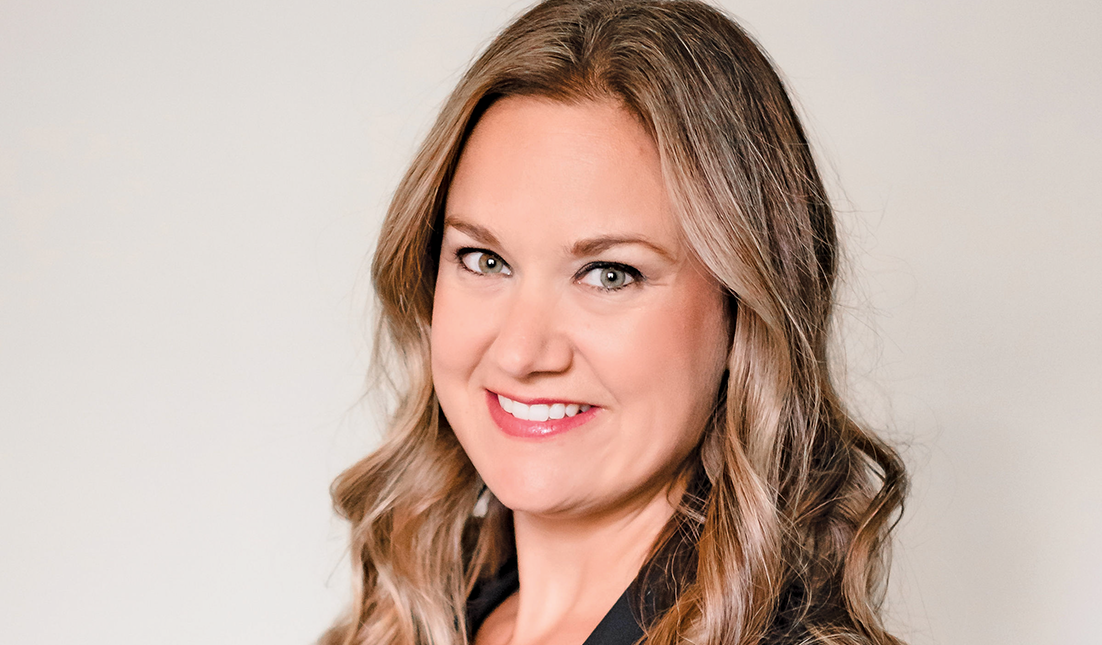How to get what you want more quickly

By Mark Overbye
There are only three answers; yes, no, or not right now.
I always prefer a quick no over a long maybe. If you believe the universe is conspiring to help you and that all things happen for your benefit, it’s good to dispense with the distractions that keep you from being on the right path.
We all need to be in business where the rails of revenue are well lubricated with a mutual benefit. The sooner those opportunities are identified and closed, the faster our businesses will grow. More sliding, less friction is best and most fun. Reaching company objectives must be about solidified deals and business transactions more than boasting of an array of targets. Let’s not linger.
The ask
I’ve learned how to ask people at boat shows if they brought their checkbooks and are actually intending to buy. I do this in seconds. If they’re just there to lick ice cream cones I politely give them that moment without taking away their fun or compromising their culinary experience. There’s no time to waste in being the matchmaker for memorable boating experiences with the right buyers. And non-buyers don’t need me waxing poetically about how great my boats are if they’re not going to become a customer. It’s like magnets looking for matching poles and repelling non matching poles.
Learning how to swiftly jettison those who are never going to buy or who will be a bad partner makes you a wiser, more effective business warrior. Even the Good Book offers up invaluable prophetic advice, “He who hesitates is lost.” Taking action on decisions that speed you across the finish line is a plan endorsed across the ages.
You might ask whether dismissing a potential buyer too soon creates a missed opportunity. Technique is everything. How many times have you responded, “Just looking” when you are absolutely in a store to buy? It’s because the wrong questions get asked. To fully qualify a potential buyer these four things must be defined: desire, purchase capacity, timeline. In other words, getting a quick answer to, “Are you interested in this?”, “Do you have the means to purchase?”, “Are you ready to buy now?” are crucial questions. These must be tendered in lieu of, “Can I help you?”
Armed with the right answers you can decide whether to pursue a close or move on to another buyer who just needs guidance to the check out. For me, because I sell expensive goods, I focus on purchase capacity. “Did you bring your checkbook?” flushes out true buyers quickly. Unavailable funds renders other questions useless. Selling time is not infinite. A professional moves quickly, the amateur succumbs to fear and hesitates.
Fear squelches asking for the close because it’s easier to tend the garden than actually pick the fruit. In most cases, buyers know if they’re going to buy long before the sale is asked for. So get to the point quickly. Ask revealing questions. Listen carefully. The real window is open momentarily, as multiple studies show human beings have a diminishing attention span. Fear of asking the right questions stagnates progress. “Maybe” is an illusion of possible business.
Buying decisions happen quickly
Have you seen the new Corvette? Yes, it’s understandable if you are into cars and want that. I wanted one seconds after I saw it. When my wife shops for a new dress, she knows what she likes – and doesn’t – in a nanosecond. It doesn’t take her long to decide. Your mind makes these rather sophisticated – and surprisingly accurate – decisions in a blink.
Think of all the things you buy. In most cases a sales person’s role is more transactional than selling. I mean you need to know how you’re going to buy it right, cash or finance? In the psycho sphere, buying decisions are like lightning strikes; yes or no decisions happen quickly. The selling process is merely the tribal dance around that decision. Anyone thinking this process is longer than that is fooling themselves.
The key as a sales person is being at that crossroads in time where the buyer is ready. The keen witness of opportunity strikes smoothly, offering up the transactional details once the decision is clear.
The trick is knowing what you want. A clear objective means you can cast off choices that don’t take you to your goal. The Zen interpretation of the long maybe means it’s not in your best interest. The sooner you can identify the clearest path to your finish line, the easier it is to make regret-free decisions. Investing hope in winless scenarios sucking up time with no results only steals from other potentially greater outcomes.
E.T.’s favorite candy
By 1981, Hollywood director Steven Spielberg was a household name, known widely for his hits Jaws, Close Encounters of the Third Kind and Raiders of the Lost Ark. When he asked Mars, the makers of M&M candies, for a million dollar product placement for his new movie E.T., it wasn’t exactly as if he was an unknown, unproven director. However, Mars’ management couldn’t determine the ROI and hesitated with the decision.
Universal Studios and Spielberg then turned to Hersheys, who sent their director of new products, Jack Dowd, to California to meet with studio officials. The plot was outlined and Universal explained that the creature would be lured into the house by Reese’s Pieces. After a successful launch, sales of Reese’s Pieces had been sagging, and Dowd knew he needed to do something. So he agreed that Hershey’s Chocolate would support the movie with a million dollars’ worth of marketing, trade promotions and displays. It was their first-ever promotion with a Hollywood film and they were venturing into uncharted waters.
According to Hershey’s archives, Dowd said he came home and informed the Hershey Chocolate president that they were “going to spend a million dollars on a movie that I couldn’t show them the script for, that was going to employ a little green creature from outer space, and I couldn’t show them – at that point it was still confidential – I couldn’t show them a picture of that either.”
It’s not too much of a stretch to say the candy was saved from oblivion by a visitor from outer space. Neither is it a stretch to say the “partnership was profitable.” Within two weeks of E.T.’s opening, Reese’s Pieces sales tripled as distributor orders increased by a factor of 10. In 1983, E.T. surpassed Star Wars which was then the highest-grossing film of all-time, and Box Office Mojo estimates that the film sold more than 120 million tickets in the U.S. in its initial theatrical run. Spielberg earned $500,000 a day from his share of the profits, while Hershey’s profits rose 65% due to the film’s prominent use of Reese’s Pieces.
One candy maker hesitated – and lost – making way for another company who quickly weighed options, pulled the trigger, then took subsequent actions for their shot at glory. Unrealized dreams are frequently found at the foot of indecision and hesitation.
We’re all trying to get to Yes via the most expeditious route. So the faster you get No behind you the better. Tending a garden of leads in the maybe status is a sure way to waste finite time that could be better spent.
Mark Overbye is the CEO of Anthem Marine, as well as the chairman of USA Waterski and Wake Sports Foundation. He is also the founder of Montara Boats and Gekko Sports.





Nice article Mark.